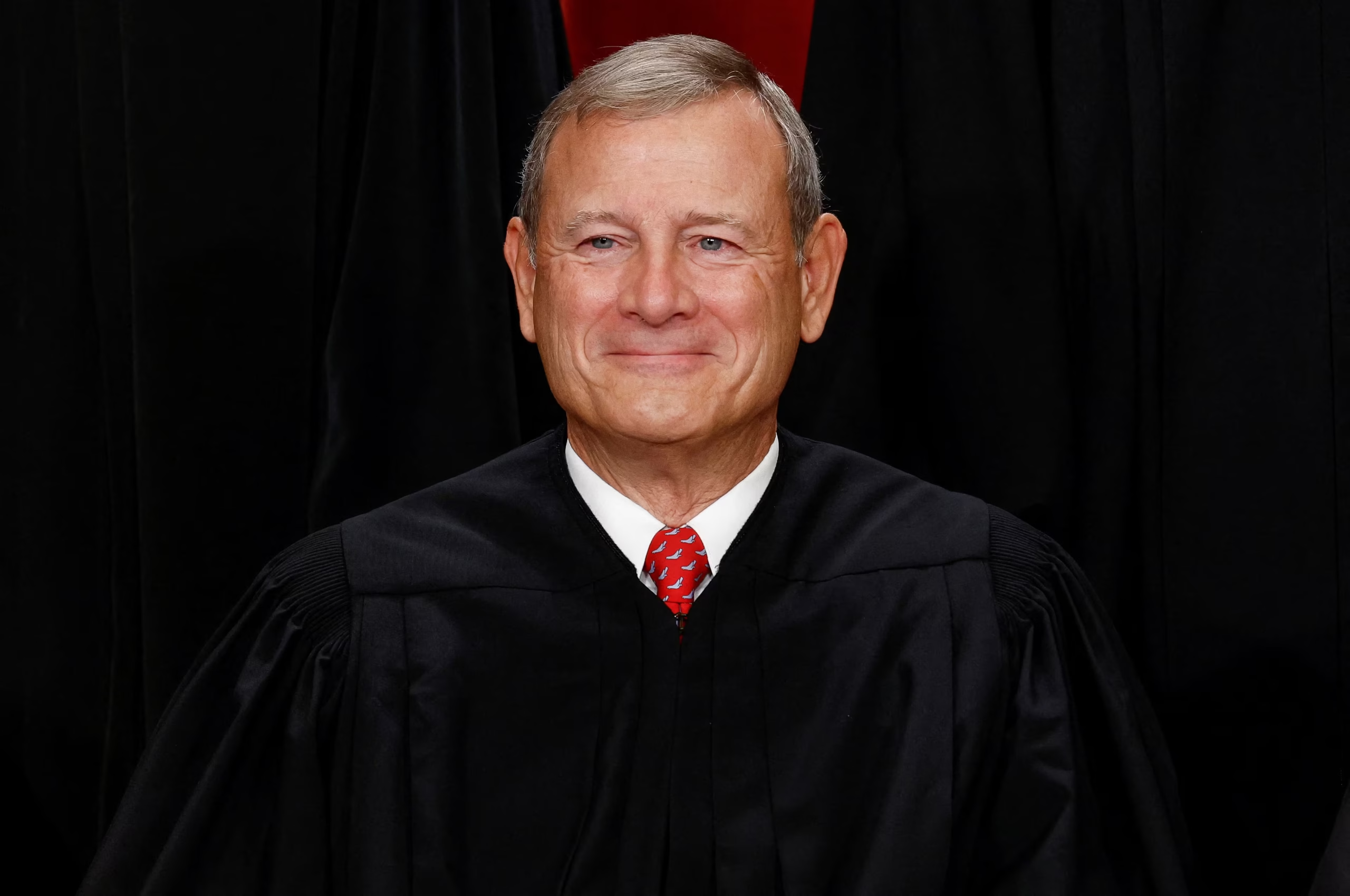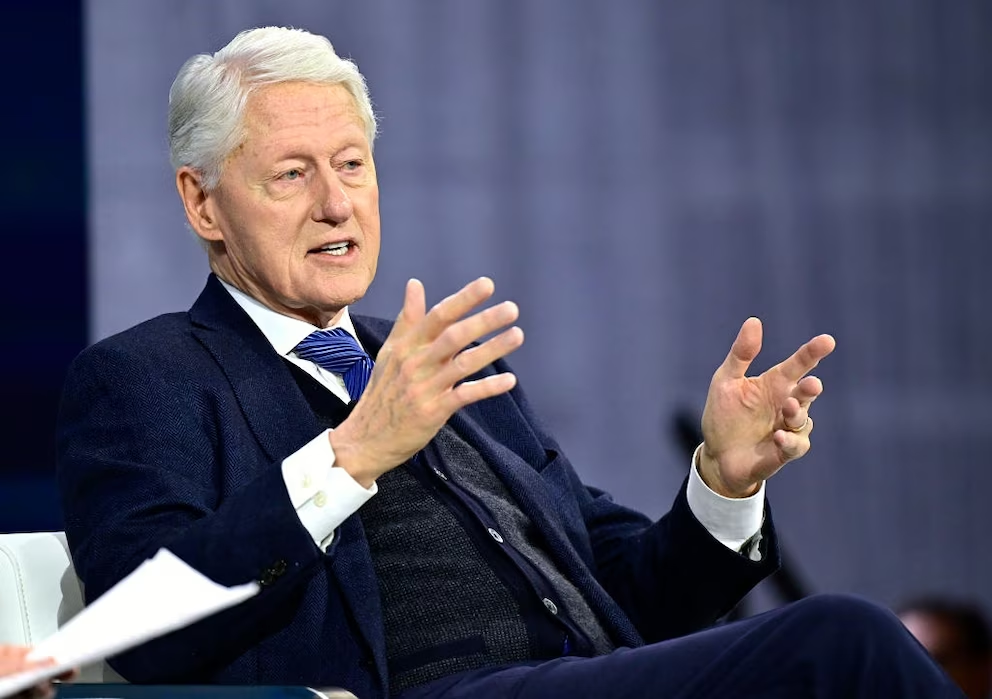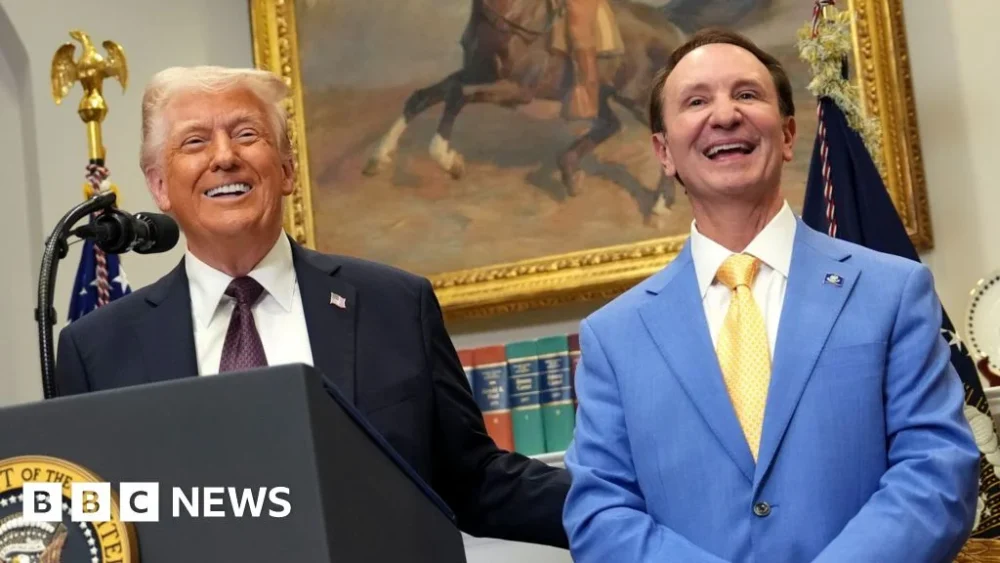Chief Justice John Roberts is marking 20 years in his role at the U.S. Supreme Court, a tenure that has coincided with a striking shift toward conservative jurisprudence—especially in cases involving former President Donald Trump. During his time as Chief Justice, Roberts has steered the Court through landmark rulings on presidential immunity, administrative power, and social issues, all while navigating tensions between institutional restraint and partisan pressures.
Though Roberts has sometimes diverged from his conservative colleagues, he has often aligned himself with major rulings that expand executive authority. His leadership has been characterized by efforts to preserve the Court’s legitimacy, even when issuing controversial decisions. Critics argue that his approach has facilitated power consolidation in the executive, while supporters maintain that he has corrected overreach and preserved legal consistency.
As Roberts enters his third decade as Chief, the Supreme Court continues to grapple with pressing issues that test both constitutional boundaries and the balance of power among branches of government.















